Tech Stock Dividends Worth Checking Out
Tech stock dividends are increasingly becoming part of the sector's growth story. Here's what investors should be looking for.
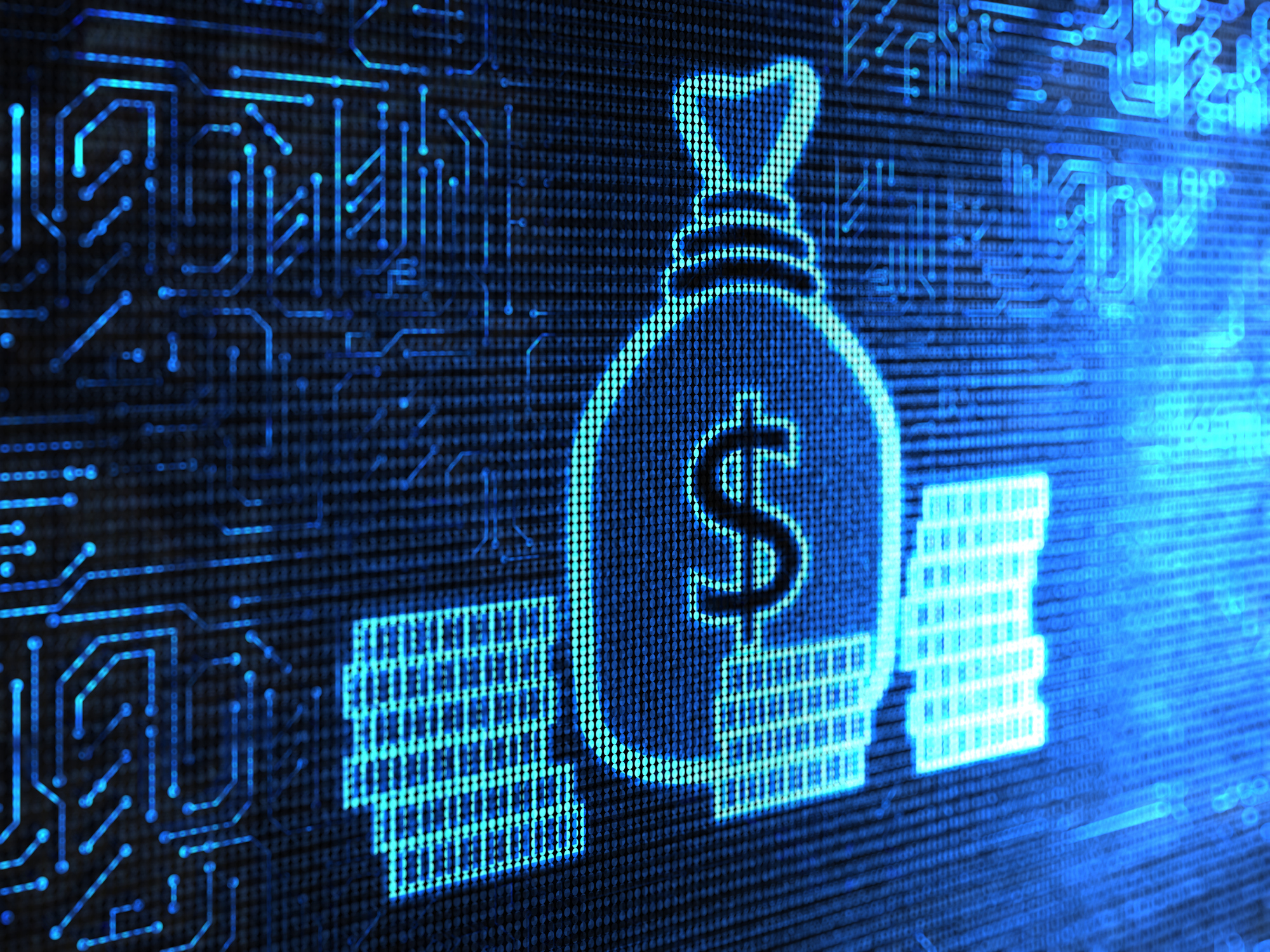

Investors searching for dividends rarely look among the swashbuckling denizens of the tech sector for their payouts. But maybe they should.
Stocks in the information technology sector of the S&P 500 will contribute 15.1% of more than $627 billion in annual dividends expected from companies in the index this year – second only to financial stocks. (Utilities, the quintessential dividend sector, will contribute just 5.5%.) There's also a growing contribution from so-called tech-plus companies – those that don't fall within S&P's official info-tech grouping, but which investors often include under a broad "tech stock" umbrella.
Meta Platforms (META) – the former Facebook – online travel site Booking Holdings (BKNG), software firm Salesforce (CRM), and Google's parent company Alphabet (GOOGL) all initiated dividends this year. Annual payouts among the four range from $35 a share for Booking, or about $1.2 billion total, for a recent yield of 0.94%, to 80 cents a share for each of Alphabet's three share classes, or nearly $10 billion in aggregate. The yield on Alphabet's publicly traded shares is about 0.46%, in the same ballpark as Meta's 0.42%. Salesforce stock yields 0.62%. (Yields and other data are as of July 31 unless otherwise noted; recommended investments are in bold.)
From just $107.88 $24.99 for Kiplinger Personal Finance
Be a smarter, better informed investor.

Sign up for Kiplinger’s Free Newsletters
Profit and prosper with the best of expert advice on investing, taxes, retirement, personal finance and more - straight to your e-mail.
Profit and prosper with the best of expert advice - straight to your e-mail.
Tech stock dividends are "getting more attention now because of Meta and Google and the other high-profile companies that initiated dividends this year. But it's a trend that's been pretty long in place in the tech world," says Thomas Huber, portfolio manager of the T. Rowe Price Dividend Growth Fund (PRDGX).
Huber notes that Microsoft (MSFT) started paying dividends in 2003 and that Apple (AAPL) reinstated one in 2012. "I would say if you're a dividend investor, you're not excluded from looking in the technology world," he says. Two tech stocks even make the cut for the S&P 500 Dividend Aristocrat Index, which requires members to have 25 years of consecutive dividend increases for inclusion: International Business Machines (IBM), yielding 3.5%, and Roper Technologies (ROP), with a 0.55% yield.
The idea that tech stocks are generally reluctant to pay dividends for fear it would mean that they're no longer growth companies is "absurd," says Huber, who notes that a new generation of tech companies is looking to maintain growth while also returning some cash to shareholders. "As these companies have matured, they're generating way more cash than they need to invest in the business," he says.
Stock repurchases are also a popular way for tech firms to return cash to shareholders. Alphabet, for example, authorized a $70 billion stock buyback when it declared its dividend. But companies can vacillate in their commitment to buying back stock, and as indicators of solid financials, buybacks don't measure up to dividends, says Simeon Hyman, global investment strategist at asset manager ProShares.
"Companies announcing a share buyback are telling you they had a good year last year," he says. When a company initiates or increases a dividend, "it's telling you that it has confidence in the future. No one likes to cut a dividend – that's the worst thing you can do as a company." But the worst happens sometimes, even in tech land. Intel (INTC) said in July it would suspend its dividend in a cost-cutting move that included other belt-tightening and massive layoffs. The chipmaker has struggled to compete in an AI-focused environment.
What to look for in tech stock dividends
If a high dividend yield is your priority, you'll find some suitable tech stocks, but not many. The sector yields an average 0.65%, the lowest yield of all 11 sectors of the S&P 500. Instead, technology dividend payers are more aligned with investors looking for a reasonable yield but with a focus on growth – in earnings, cash flow and dividends.
Look for a payout that's well covered. A low payout ratio (the percentage of earnings paid out in dividends) is an indication that a company has the wherewithal to cover its distribution.
"I'd say 20% to 25% is a reasonable level," says Huber, who notes that Alphabet and Meta initiated dividends with a super-low payout ratio of roughly 10%. (The S&P 500 has a payout ratio of 35%, and the long-term average is more than 40%.) In the tech world, says Huber, "payout ratios tend to start small. If you're an investor, you can benefit from growth in earnings and cash flow, but also over time, in the payout ratio. It's a supercharged level of growth."
Dividend strategies have required patience on the part of investors this year, lagging significantly in a stock market dominated by a handful of tech giants, most of which – until recently, anyway – eschewed dividends. And tech stocks tumbled in a summer slide as investors dumped the market's highest fliers in the face of worries about the strength of the economy and growing skepticism about how quickly a massive investment in artificial intelligence (AI) will pay off for the industry.
But tech stocks that pay dividends offer some unique portfolio diversification attributes that both income investors and tech-stock fans might appreciate. Dividend investors knee-deep in utilities, financials or real estate, for example, might want to balance out their sector exposure, while some tech investors might prefer the cushion of a dividend in an often-volatile corner of the market.
"Dividend increases are a key indicator of management telling you they have confidence going forward – it's a prudent way to engage with tech for dividend-oriented folks. It's also a lower-volatility approach to tech for someone not focusing on dividend growth in other parts of their portfolio," says Hyman.
How to invest in dividend-paying technology stocks
T. Rowe Price Dividend Growth is a member of the Kiplinger 25, the list of our favorite no-load mutual funds. Although the fund can invest in any sector, tech stocks, at 24.5% of the portfolio at last report, are the largest chunk of assets. With an expense ratio of 0.64%, the fund has returned 17% over the past year, behind the S&P 500's 22% gain.
The ProShares S&P Technology Dividend Aristocrats ETF (TDV, $76), with expenses of 0.45%, is an exchange-traded fund that invests in technology-related companies that have increased their dividends for at least seven consecutive years. Its 12-month return is 14%.
In terms of individual stocks, Huber says he's favorable on Microsoft ($418, yield 0.72%) and Apple ($222, 0.45%). "I can't argue that they are inexpensive, but they check all the other boxes – strong balance sheet and cash flow, healthy outlooks." Investors can consider buying on a dip, he says, or buying a starter position and building over time.
Other stocks he likes include Analog Devices (ADI, $231, 1.6%) and Microchip Technology (MCHP, $89, 2.0%). Both companies, with a large exposure to industrial end markets, make relatively inexpensive analog chips that are integrated into things we use every day, says Huber.
Shares in IT consultant Accenture (ACN, $331, 1.6%) have struggled lately, creating an opportunity for long-term investors, say analysts at CFRA Research. CFRA recently upgraded the stock to Strong Buy given Accenture's "strong fundamentals, market leadership and growth profile."
Note: This item first appeared in Kiplinger Personal Finance Magazine, a monthly, trustworthy source of advice and guidance. Subscribe to help you make more money and keep more of the money you make here.
Related content
Profit and prosper with the best of Kiplinger's advice on investing, taxes, retirement, personal finance and much more. Delivered daily. Enter your email in the box and click Sign Me Up.

Anne Kates Smith brings Wall Street to Main Street, with decades of experience covering investments and personal finance for real people trying to navigate fast-changing markets, preserve financial security or plan for the future. She oversees the magazine's investing coverage, authors Kiplinger’s biannual stock-market outlooks and writes the "Your Mind and Your Money" column, a take on behavioral finance and how investors can get out of their own way. Smith began her journalism career as a writer and columnist for USA Today. Prior to joining Kiplinger, she was a senior editor at U.S. News & World Report and a contributing columnist for TheStreet. Smith is a graduate of St. John's College in Annapolis, Md., the third-oldest college in America.
-
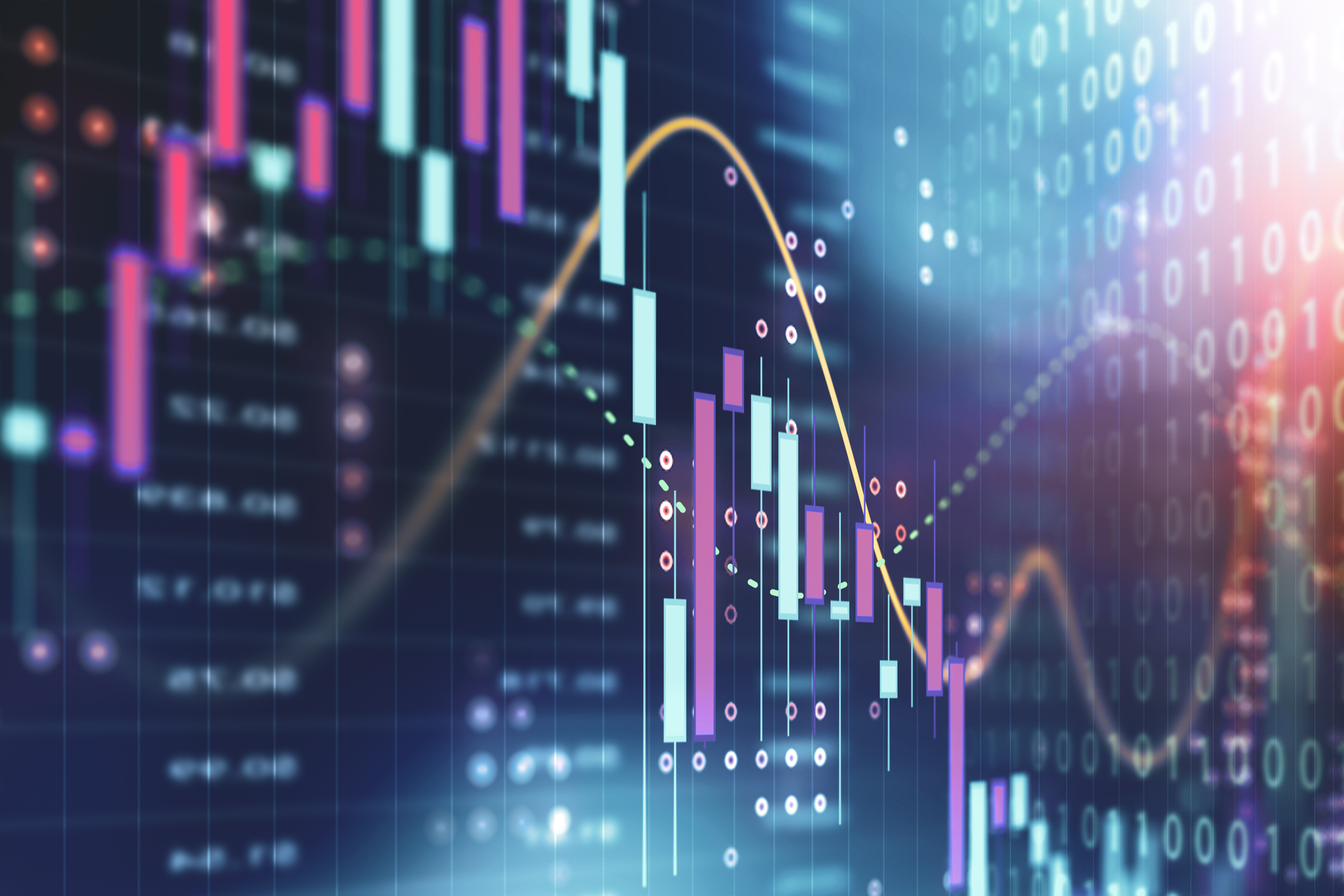 Stocks Bounce But End With Big Weekly Losses: Stock Market Today
Stocks Bounce But End With Big Weekly Losses: Stock Market TodayThe stock market rout continued on Friday, but a late-day burst of buying power brought the main indexes off their session lows.
-
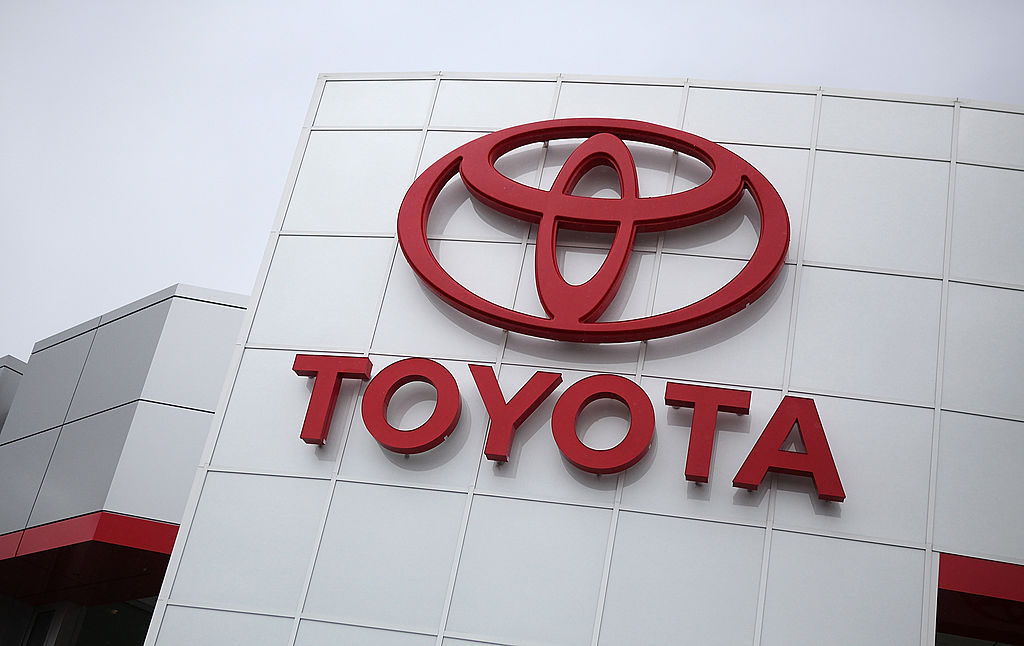 More Than 1 Million Toyota, Lexus and Subaru Vehicles Recalled for Camera Issue. Is Your Vehicle Affected?
More Than 1 Million Toyota, Lexus and Subaru Vehicles Recalled for Camera Issue. Is Your Vehicle Affected?A software glitch in the Panoramic View Monitor system causes blank or frozen rear-camera images, triggering a massive recall of 2022-26 models.
-
 Stocks Bounce But End With Big Weekly Losses: Stock Market Today
Stocks Bounce But End With Big Weekly Losses: Stock Market TodayThe stock market rout continued on Friday, but a late-day burst of buying power brought the main indexes off their session lows.
-
 Costco Gold Bars Keep Selling Out. Are They a Smart Investment?
Costco Gold Bars Keep Selling Out. Are They a Smart Investment?How Costco's bullion program works, how to get the best deal and whether it makes sense for investors.
-
 Use This Stock Market Recipe for a Well-Diversified Portfolio
Use This Stock Market Recipe for a Well-Diversified PortfolioFor years, large U.S. stocks were all you needed for a diversified portfolio. A broader mix is better now.
-
 A Financial Planner's Guide to a Stress-Free Adventure Abroad
A Financial Planner's Guide to a Stress-Free Adventure AbroadStart by looking at flight/accommodation costs, have a flexible schedule, seek out credit card rewards, prep for health issues and plan to cook your own food.
-
 I'm a Financial Planner: This Is How Smart Women Can Plan for Financial Freedom Despite Life's Curveballs
I'm a Financial Planner: This Is How Smart Women Can Plan for Financial Freedom Despite Life's CurveballsProactive planning and professional guidance can help to build your confidence and give you clarity when you're navigating major life transitions.
-
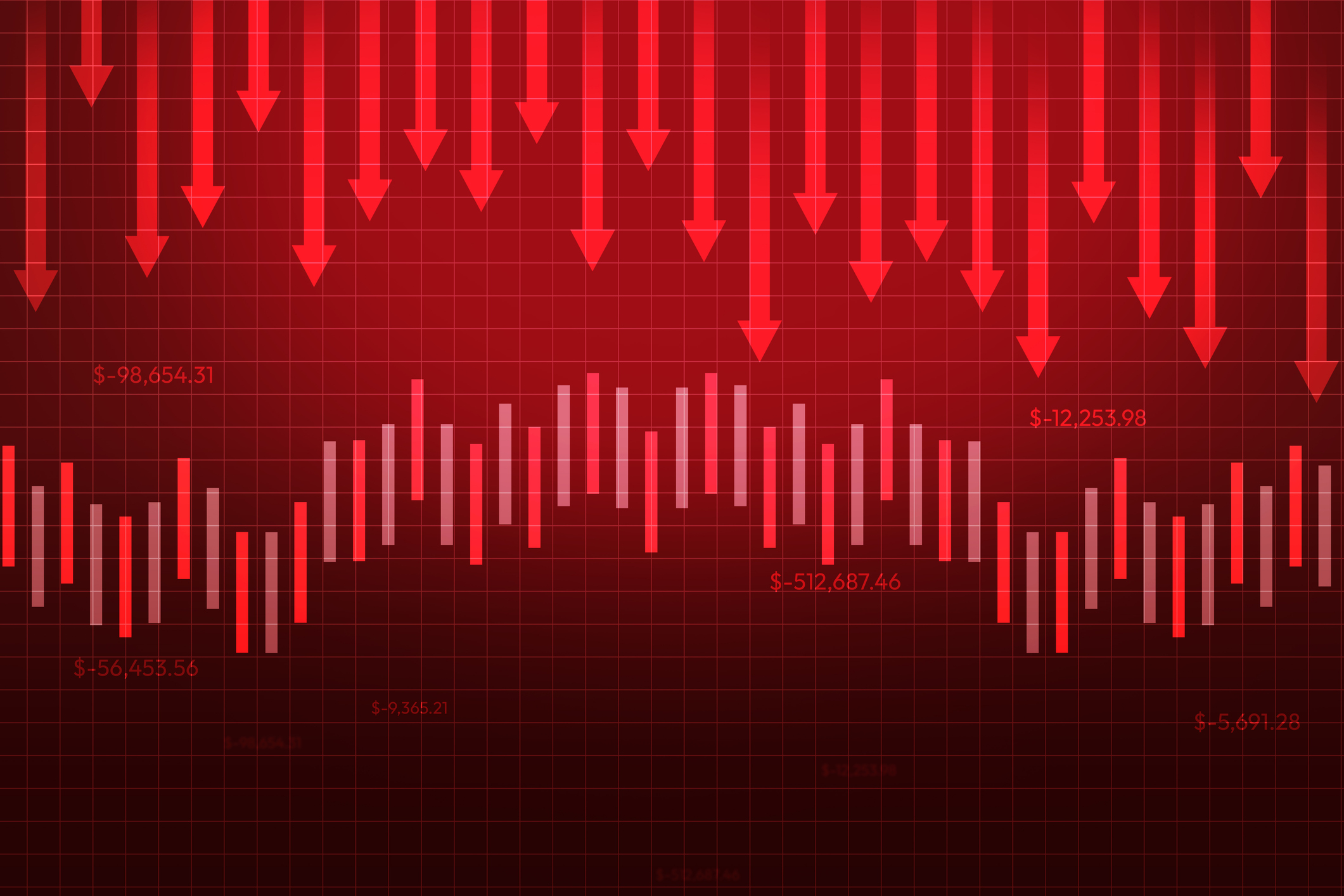 Risk Is Off Again, Dow Falls 397 Points: Stock Market Today
Risk Is Off Again, Dow Falls 397 Points: Stock Market TodayMarket participants are weighing still-solid earnings against both expectations and an increasingly opaque economic picture.
-
 A Broad Approach to Innovative Trends Helps This SPDR ETF Outperform
A Broad Approach to Innovative Trends Helps This SPDR ETF OutperformThe SPDR S&P Kensho New Economies Composite's bets on transformational technologies have sparked volatility – and big gains – this year.
-
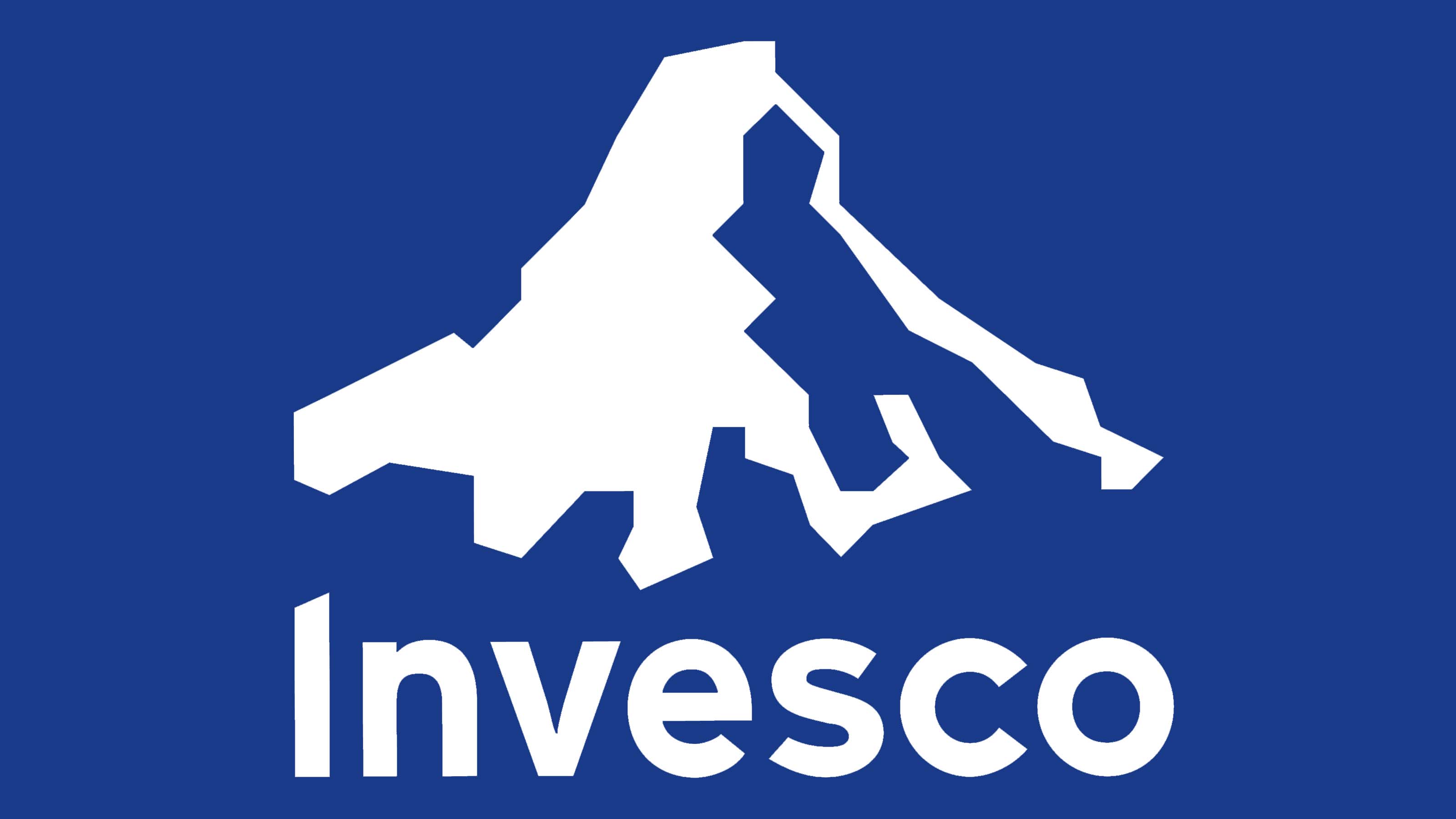 The Best Invesco ETFs to Buy
The Best Invesco ETFs to BuyInvesco's expansive and diverse ETF lineup includes multiple notable candidates for serious investors. Here are the best Invesco ETFs to buy.